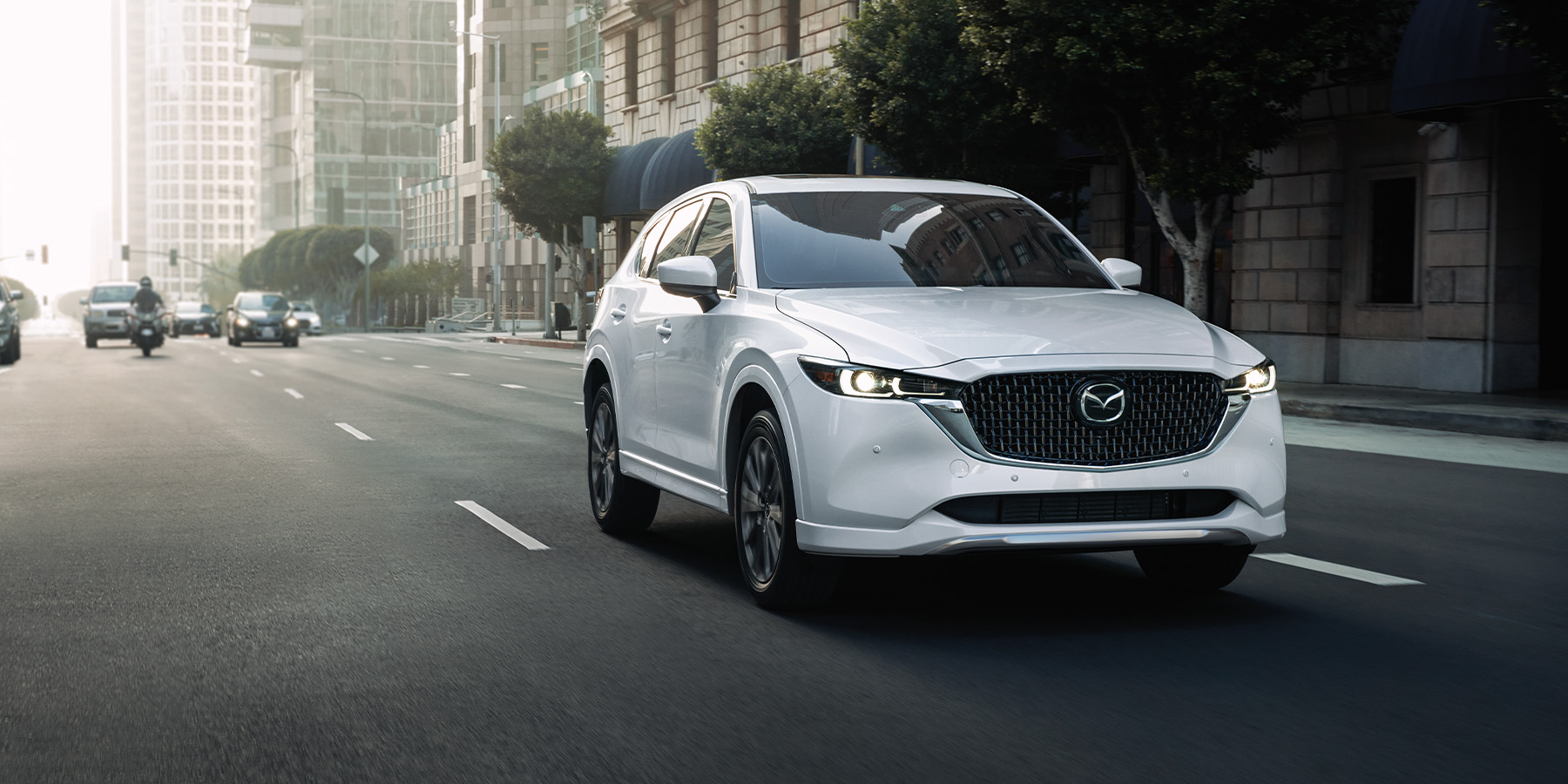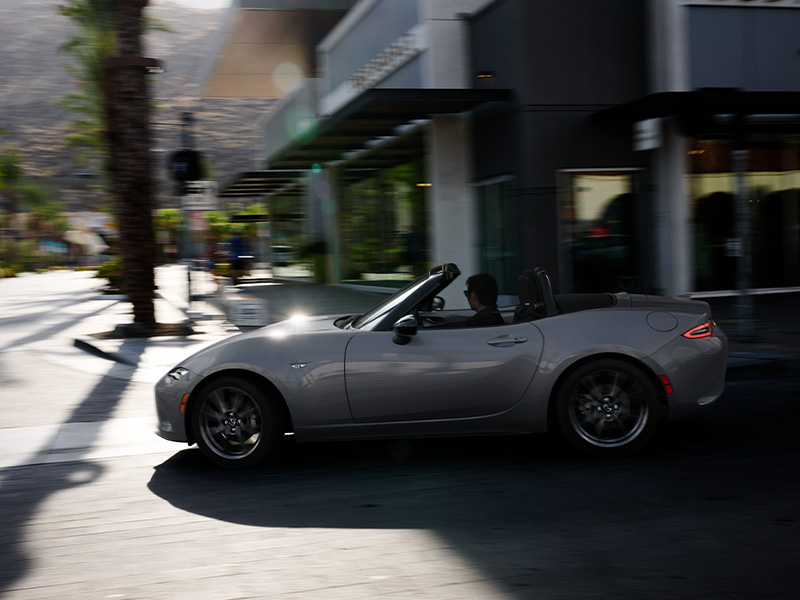What Is an IIHS TOP SAFETY PICK & Why Does It Matter?

The Insurance Institute for Highway Safety's (IIHS) TOP SAFETY PICK is a prestigious accolade in the automotive industry. Winning this award is a testament to a manufacturer’s commitment to protecting drivers, passengers, and pedestrians on the road.
The IIHS, a key player in automotive safety, is an independent, nonprofit organization focused on reducing vehicular crashes and damages. Renowned for its stringent crash testing and evaluations, and now crash avoidance system assessments, the IIHS sets high safety standards.
Their TOP SAFETY PICK award recognizes vehicles excelling in multiple crash tests—front, side, roof strength, head restraints. Plus, vehicles must also excel in headlight and front crash prevention tests to qualify (the specifics depend on what year the TOP SAFETY PICK is awarded).
How does IIHS differ from NHTSA?
The IIHS and NHTSA (National Highway Traffic Safety Administration) both play crucial roles in vehicle safety testing in the United States, but they differ in several ways:
- Organizational Structure: The NHTSA is a government agency under the Department of Transportation, while the IIHS is a private organization supported by car insurance companies.
- Approach and Standards: The NHTSA's federal motor vehicle safety standards carry the weight of the law, influencing manufacturers to comply. IIHS can use its data to make recommendations for safety standards of the NHTSA. Compliance with IIHS standards is voluntary for car manufacturers.
- Testing Scope and Rigor: Some of the IIHS's testing is more rigorous and encompasses a broader range of safety features, including driver-assist systems, car seat compatibility, and headlight performance. The NHTSA, on the other hand, primarily focuses on traditional crash testing. This difference means that each organization can reveal different aspects of a vehicle's safety performance.
What is required for a car to be an IIHS TOP SAFETY PICK?
To achieve top safety ratings from the IIHS, vehicles undergo a series of comprehensive tests. These tests are designed to evaluate a vehicle's ability to protect its occupants in various crash scenarios and assess its crash prevention capabilities.
- Moderate Overlap Front Test: This test simulates a crash where a portion of the driver's side of the front of the vehicle collides with another vehicle or object. It's an important test as it's representative of common real-world accidents.
- Driver-Side Small Overlap Front Test: Introduced in 2012, this test replicates scenarios where the vehicle's front left corner collides with another vehicle or an object like a tree or utility pole.
- Passenger-Side Small Overlap Front Test: Developed due to discrepancies noted in vehicle performance on the driver's side versus the passenger side in the small overlap front test, this test, like the driver-side version, assesses the vehicle's ability to protect passengers in a crash involving the front right corner of the vehicle.
- Side Crash Test: This test is crucial as side crashes account for about a quarter of passenger vehicle occupant deaths in the U.S. The test evaluates the vehicle's ability to protect occupants from side impacts, which are challenging due to limited space on the sides of vehicles to absorb energy.
- Roof Strength Test: Although discontinued in 2022 because most vehicles were earning good ratings, this test assessed the strength of the vehicle's roof in rollover crashes. A strong roof is essential to maintain the occupant's survival space.
- Head Restraints & Seats Test: This test focused on preventing neck injuries, particularly whiplash, which are common in rear-end collisions. It evaluated the effectiveness of head restraints and the design of vehicle seats. The test was also discontinued in 2022 after almost all models began earning good ratings.
- Front Crash Prevention Test: Launched in 2013, this test rates systems that prevent front-to-rear vehicle crashes, including evaluating the effectiveness of forward collision warning and automatic emergency braking systems. It was later expanded to include the evaluation of systems preventing vehicle-to-pedestrian crashes.
- Seat Belt Reminder Evaluation: Introduced in 2022, this evaluation assesses the effectiveness of seat belt reminders. These reminders are important as they can significantly reduce the risk of fatal injury by ensuring that occupants use seat belts.
- LATCH (Lower Anchors and Tethers for Children) Evaluation: Starting in 2015, the IIHS began evaluating the ease of use of the LATCH system, which secures child seats in vehicles.
Seat Belt Reminder Evaluations and LATCH Evaluations are not part of the IIHS TOP SAFETY PICK requirements

What is the difference between IIHS's TOP SAFETY PICK and TOP SAFETY PICK+?
- 2024 TOP SAFETY PICK: To earn this status, a vehicle must achieve the highest score (Good) in the IIHS crash tests. The criteria also include an acceptable or good rating in the pedestrian front crash prevention evaluation, and the 2024 update includes a single evaluation that includes some test runs in daylight and some in the dark.
- 2024 TOP SAFETY PICK +: For the TOP SAFETY PICK + ranking, a vehicle must meet all the criteria of the TOP SAFETY PICK award. However, it has an additional requirement: An acceptable or Good rating in the updated moderate front overlap evaluation that now includes a second dummy seated behind the driver and emphasizes back seat safety.
While both awards signify outstanding vehicle safety, the 2024 TOP SAFETY PICK + has more stringent requirements regarding back seat safety.
How did the IIHS strengthen its requirements in 2023?
In 2023, IIHS made significant changes to the requirements for its TOP SAFETY PICK and TOP SAFETY PICK + awards, reflecting their ongoing commitment to enhancing vehicle safety:
- Updated Side Crash Test: A major change made to the IIHS safety testing is the replacement of the original side crash test with a more rigorous evaluation introduced in 2021. The updated test involves 82% more energy, demanding better side crash protection from vehicles. To qualify for 2023 TOP SAFETY PICK, vehicles must have earned at least an Acceptable rating, while a Good rating is required for the 2023 TOP SAFETY PICK +.
- Nighttime Pedestrian Crash Prevention Test: The IIHS added a nighttime vehicle-to-pedestrian front crash prevention test. This addition addresses the high rate of fatal pedestrian crashes that occur at night. Vehicles must have demonstrated Advanced or Superior performance in both nighttime and daytime pedestrian tests to have earned the 2023 TOP SAFETY PICK + award. For the 2023 TOP SAFETY PICK, only a daytime rating of Advanced or Superior is needed.
- Headlight Standards: The criteria for headlights have become stricter. Previously, vehicles could qualify for the base award with at least one trim level offering Acceptable or Good headlights. Now, for both 2023 TOP SAFETY PICK and 2023 TOP SAFETY PICK +, standard Acceptable or Good headlights are required across all trims.
Removal of Certain Tests: The roof strength, head restraint, and vehicle-to-vehicle front crash prevention evaluations are no longer part of the award criteria. This change reflects industry progress and the adoption of standards that have rendered these tests less relevant in their current form. For example, the widespread Good ratings in roof strength and head restraint evaluations and the adoption of electronic stability control have significantly reduced the risks these tests were designed to mitigate.
Changes to IIHS requirements in 2024
The IIHS has made further changes for 2024. They now require a Good rating (instead of Good or Acceptable) in the updated side evaluation for both award tiers. Additionally, a Good or Acceptable rating in the updated moderate overlap front test, which includes an additional dummy in the second row, will be necessary for the TOP SAFETY PICK + award. This change aims to extend the high level of protection provided for front-seat occupants to those in the rear seats.
Six Mazda vehicles earned the IIHS TOP SAFETY PICK + Award in 2024
We’re proud to say that six Mazda vehicles earned the IIHS 2024 TOP SAFETY PICK + award, including the 2024 CX-90 PHEV. This achievement stands as a testament to our unwavering dedication to designing vehicles that prioritize safety. At Mazda, our goal is to provide vehicles that not only offer exceptional performance and style but also ensure your peace of mind on the road.
To experience the exceptional safety features and cutting-edge technology that our Mazda vehicles have to offer, explore the full range of our models on our website or, if you’re ready to take the next step, visit a Mazda Dealer near you for a test drive and get a firsthand feel for the safety, style, and performance that Mazda vehicles are known for.
This article is intended for general informational purposes only and is based on the latest competitive information available at the time of posting. Information herein is subject to change without notice and without Mazda incurring any obligations. Please review a variety of resources prior to making a purchasing decision. Visit Resource Center for more articles.




















